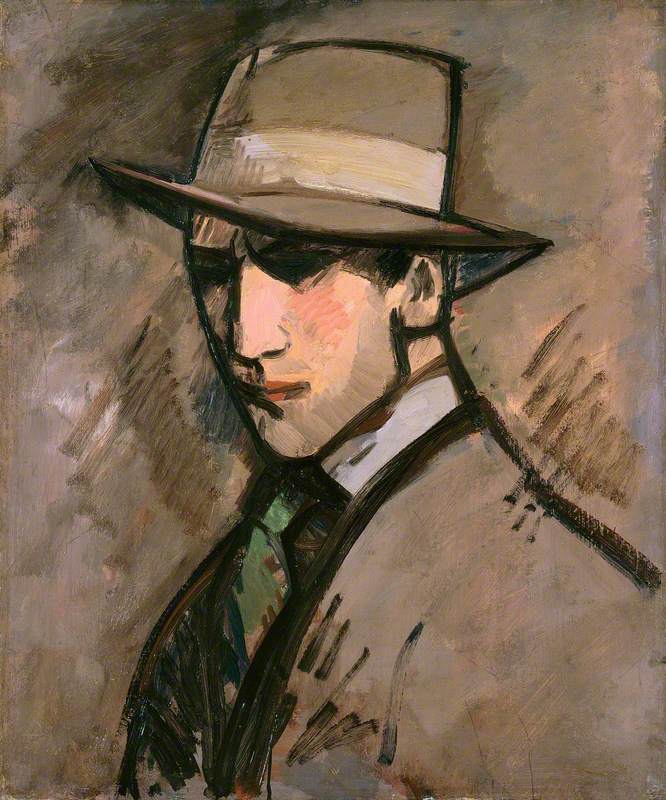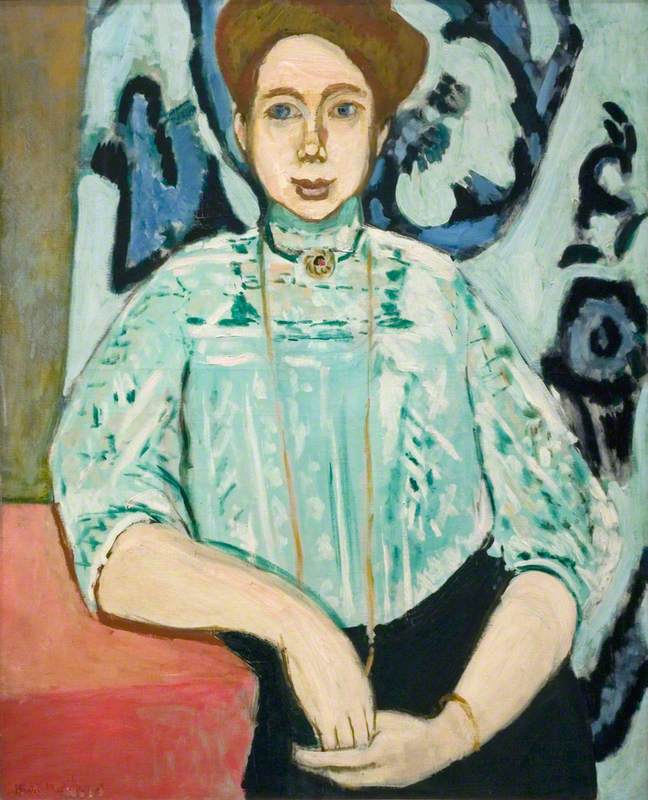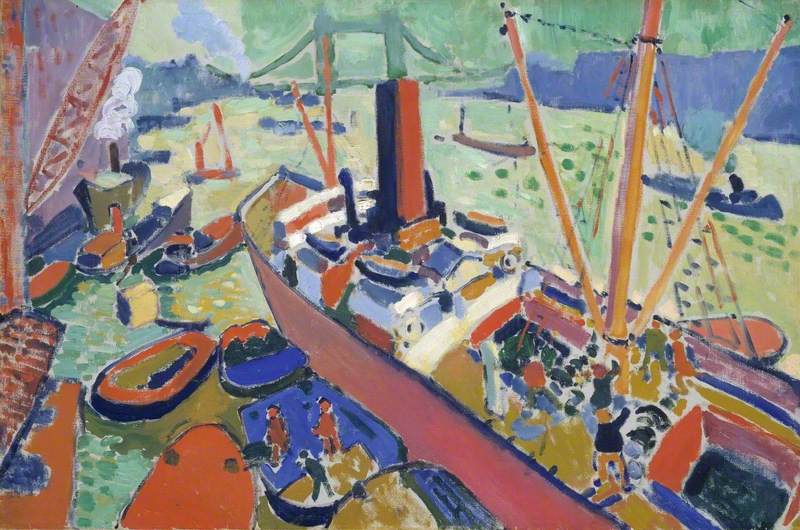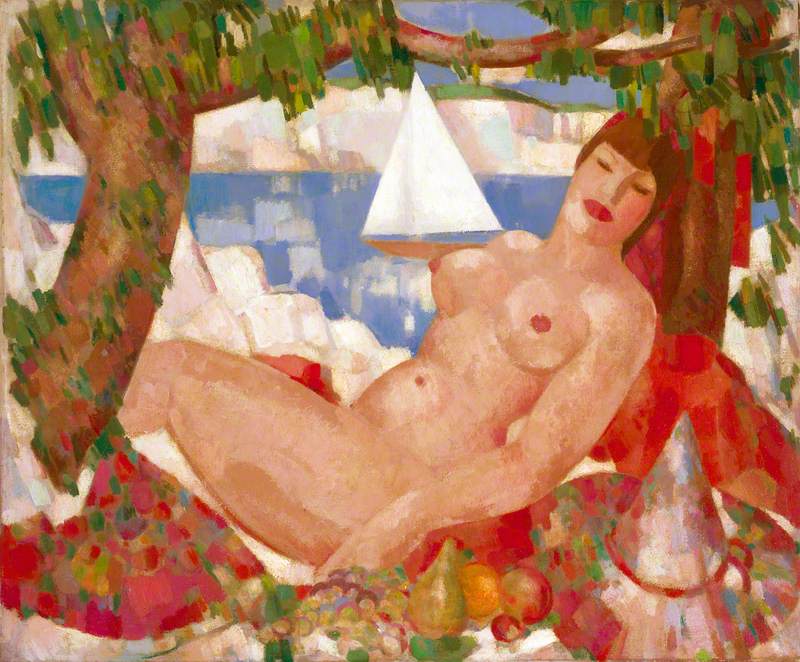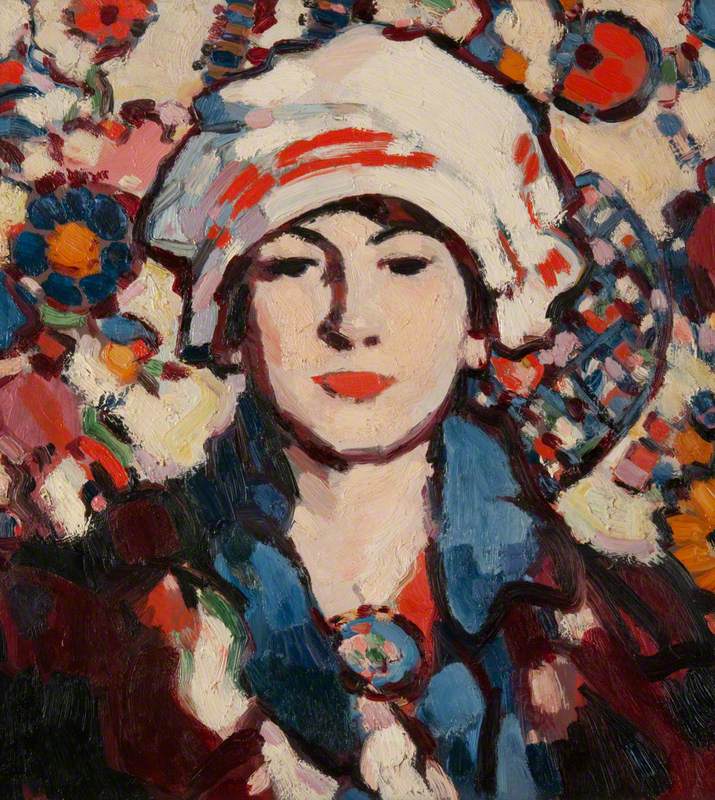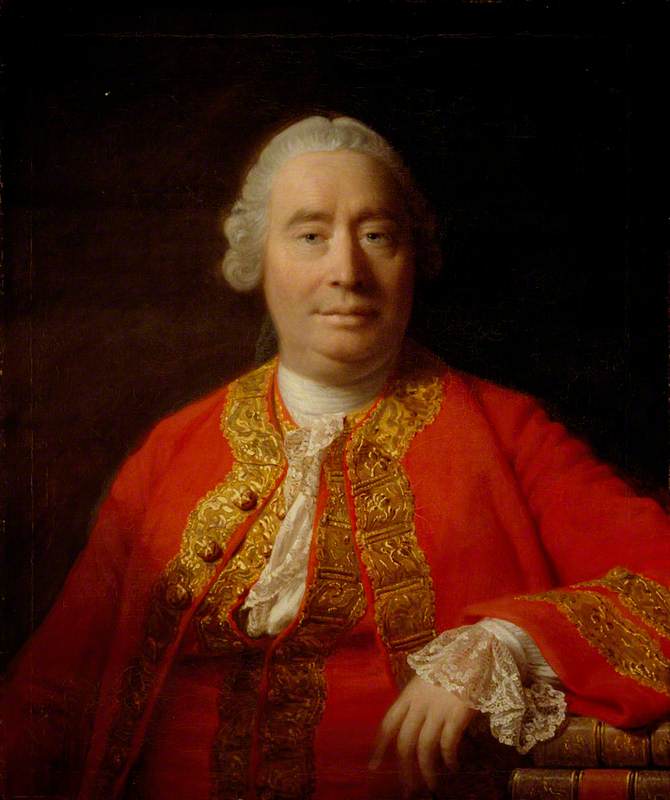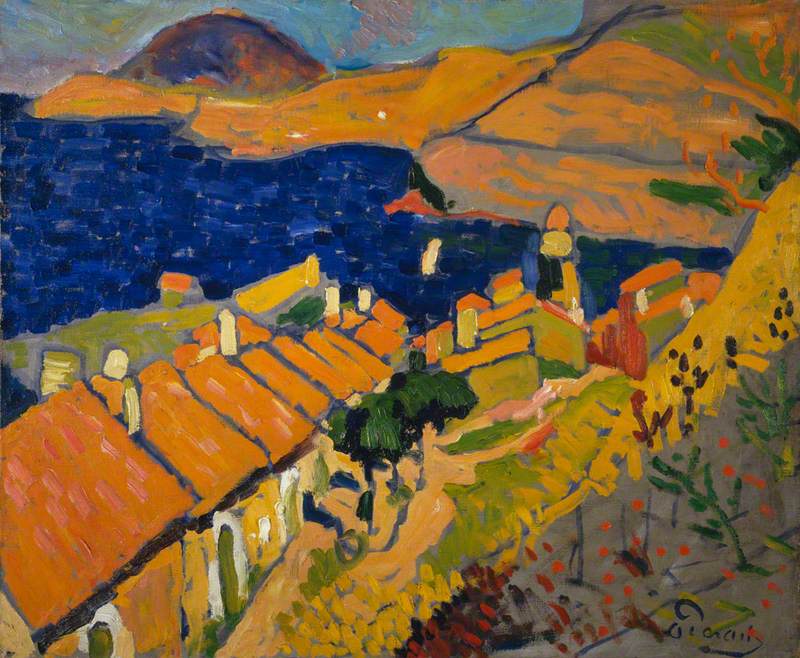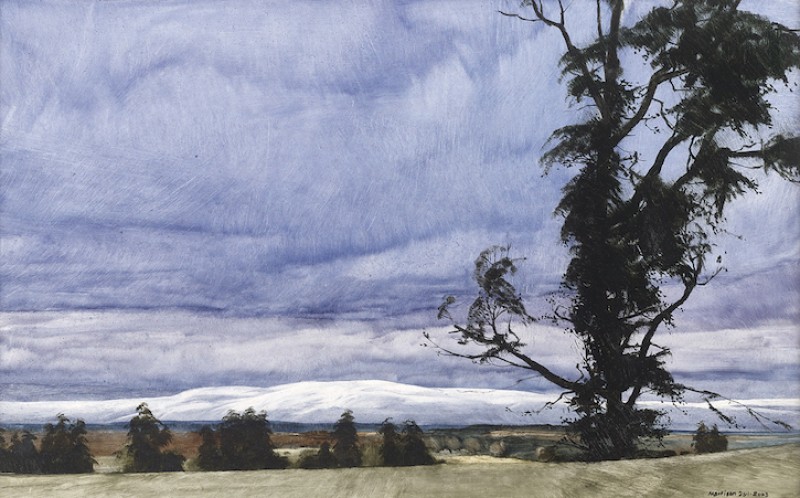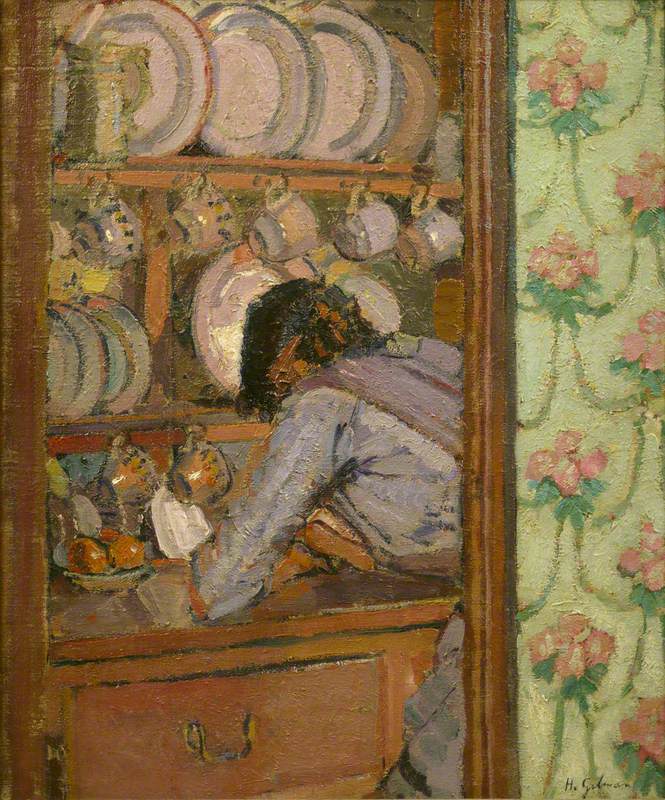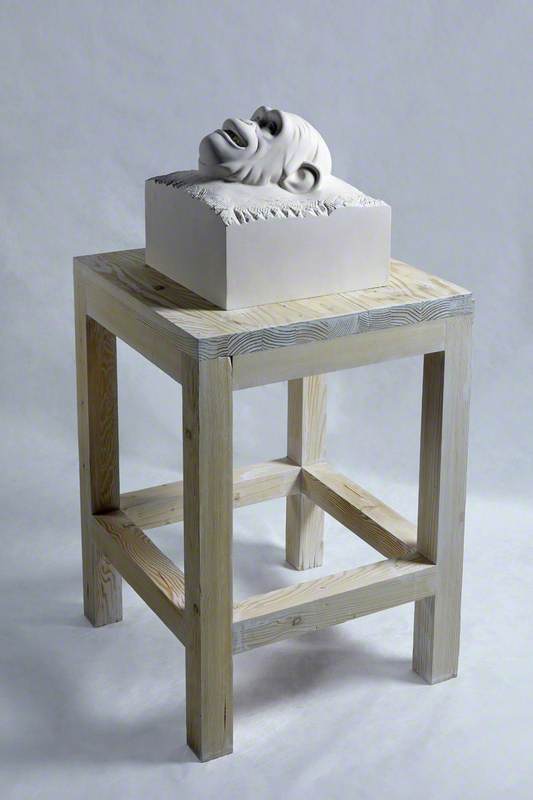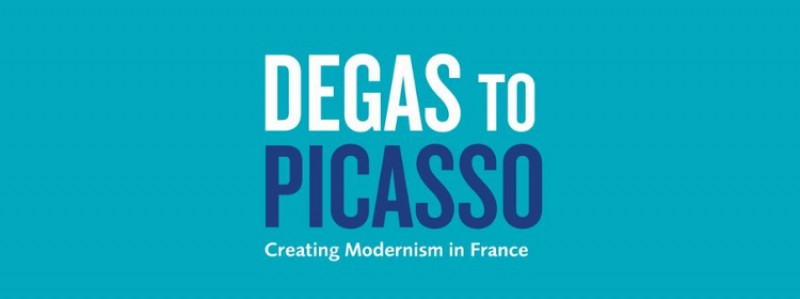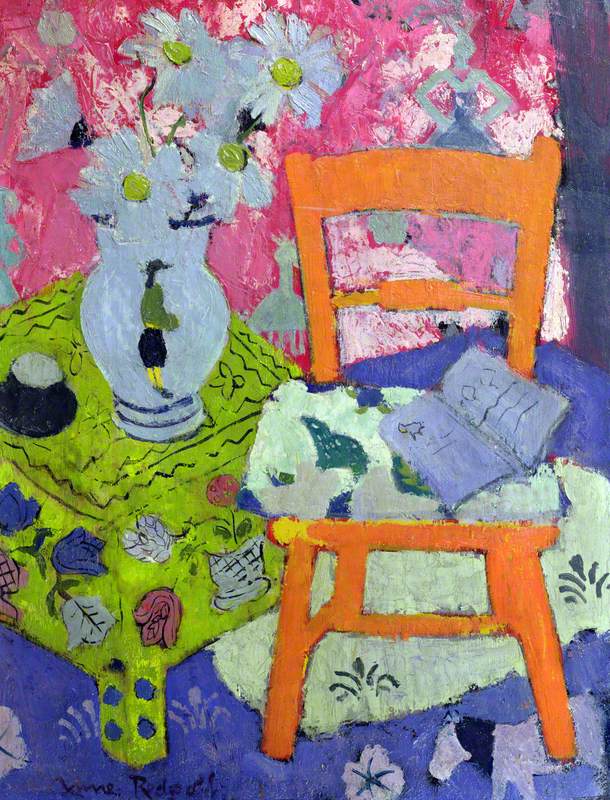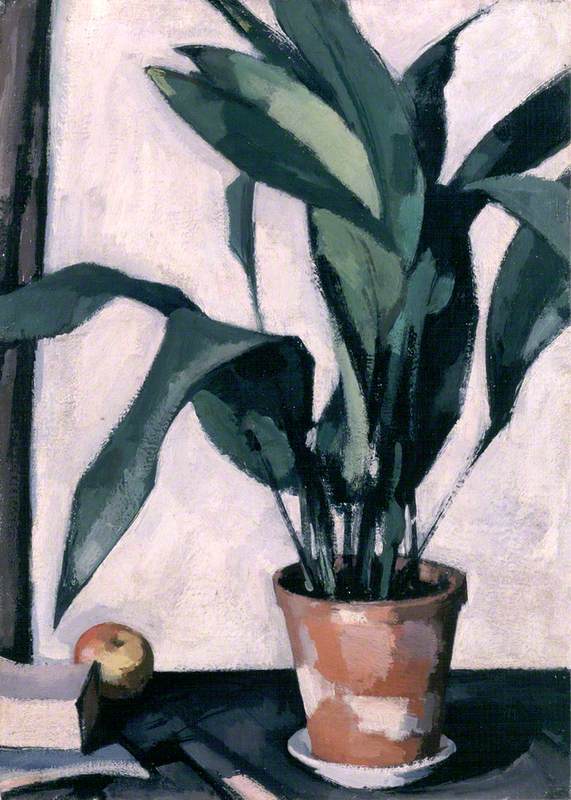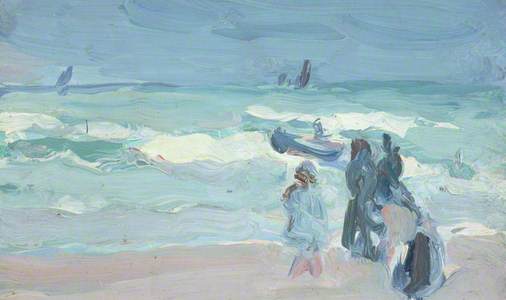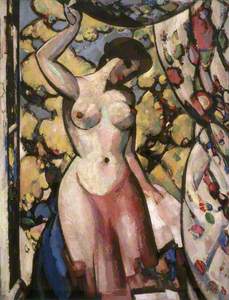John Duncan Fergusson was an important and influential artist in Britain in the first half of the twentieth century, and was a leading figure among the Scottish Colourists. A new free exhibition from the team at Perth Museum & Art Gallery (on display from 16th November 2019 to 29th February 2020) is the largest dedicated exhibition of works by the artist to date, and features work by his contemporaries André Derain, Samuel John Peploe and Henri Matisse. Here are a few of my favourites that are on display.
The Grey Hat by John Duncan Fergusson
This work is painted in a deliberately crude, forceful style that echoes the savage mood suggested by Fergusson's furrowed brow and intense, brooding gaze. A rough spontaneous application of paint in dark earth tones, and strong black outlines that simplify form, lend the image a powerful, primitive feel.
The black eyes, characteristic of many of Fergusson's Fauvist portraits, are another noteworthy feature, probably derived from the work of the Dutch painter Kees van Dongen (1877–1968). He exhibited in the Paris Salons at the time and is now considered one of the most dynamic of the Fauves.
Heightened artistic self-confidence is suggested by the portrait and this would be in keeping with the fact that Fergusson had been elected a Societaire of the Salon d'Automne in 1909, the year of this work. According to Fergusson, acceptance by the French avant-garde was the ultimate artistic honour and a high point in his career.
Portrait of Greta Moll by Henri Matisse
Greta Moll was a sculptor who, along with her German husband Oskar Moll, was enrolled in Matisse's art school, which he opened in 1908. She had previously been a student in Berlin where her portrait had been painted by the German artist Lovis Corinth. On being shown a photograph of that portrait, which he disliked, Matisse offered to paint his own portrait of her.
Despite the apparent simplicity and directness of his portrait, on loan to the exhibition from The National Gallery in London, Greta had to pose for ten three-hour sessions before Matisse could complete it. He decided early on to use the blue-and-white patterned fabric as a background, and it became a favourite studio prop that appears in many of his paintings. Following the example of Georges Seurat, Matisse deliberately placed pure colours next to each other for maximum effect, but his final choice for Greta's pose, particularly the position of her arms, was based upon paintings by Veronese and Ingres.
On the French Coast by Samuel John Peploe
Peploe worked on the north coast of France several times between 1904 and 1907, often alongside his fellow Scottish Colourist Fergusson. This fresh and direct painting, on loan from National Galleries Scotland, is typical of the small panels on which he worked, en plein air, in an Impressionist manner. Thick, long brush strokes capture the essence of the beach scene, rather than its details, using a limited range of colours to convey the varying natural light.
The Pool of London by André Derain
This view of the Thames from London Bridge is one of four works painted by Derain showing the same part of the river. At this time he was a leading member of the Fauve group of painters in Paris. He had been sent to London by his dealer to update the popular Thames views painted by Claude Monet a few years earlier. Strongly coloured and freely handled, this painting, on loan to the exhibition from Tate, is characteristic of Fauvism in creating vivid effects through bold contrasts of colour.
At My Studio Window by John Duncan Fergusson
The dramatic entry of the nude in Fergusson's work took the form of a group of monumental paintings executed between 1910 and 1912. This is one of the first of them. His decision to tackle the subject was probably inspired by Fauve examples such as Matisse's Blue Nude and Derain's Three Bathers, both 1907.
Unlike previous portraits, Fergusson adopted a new vocabulary of form, sacrificing the individuality of the model in order to give 'woman' a new, symbolic status. This was linked to his interest in the contemporary French philosopher Henri Bergson (1859–1941) whose ideas also influenced many other painters.
The extreme simplification of the model's face is mask-like, indicating an interest in 'primitive' sculpture which Fergusson later said he had first encountered in Derain's studio. Picasso and Matisse were later to exploit this source in their Cubist works.
Le manteau chinois by John Duncan Fergusson
Le manteau chinois (Anne Estelle Rice, 1877–1959, Artist)
1909
John Duncan Fergusson (1874–1961) 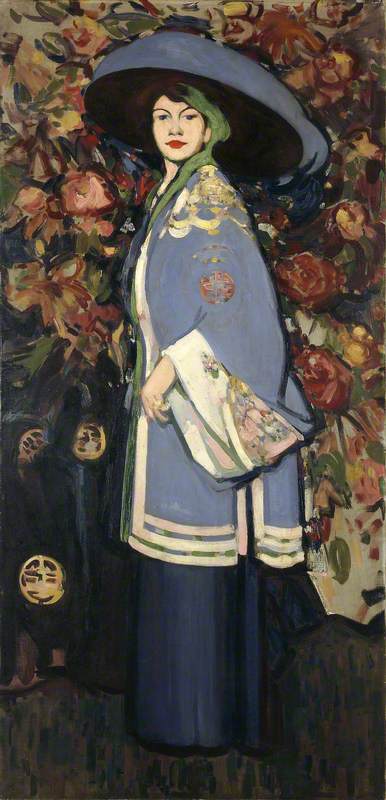
This is the last of Fergusson's full-length portraits showing the influence of James Abbott MacNeill Whistler, taken to extremes here with the inclusion of a mock oriental signature motif. The painting also reveals strong Fauve elements, not least in the treatment of the face.
The sitter stands full length wearing an ornately decorated blue silk jacket in the Chinese style, over a full-length dark blue skirt. She stands in profile but with her head turned to meet the viewer full on. Her light colouring and red lips are enhanced by both the shadow of the huge blue hat she wears and by the highly ornate floral backdrop.
The sitter is Anne Estelle Rice, painted by Fergusson during his early years in Paris. The painting relates to Fergusson's The White Ruff, but shows an even greater freedom and confidence nurtured undoubtedly by the artist's first-hand contact with the French avant-garde.
Amy Fairley, Collections Officer at Culture Perth and Kinross
The free exhibition 'Fergusson' is on display at Perth Museum and Art Gallery from 16th November 2019 to 29th February 2020
